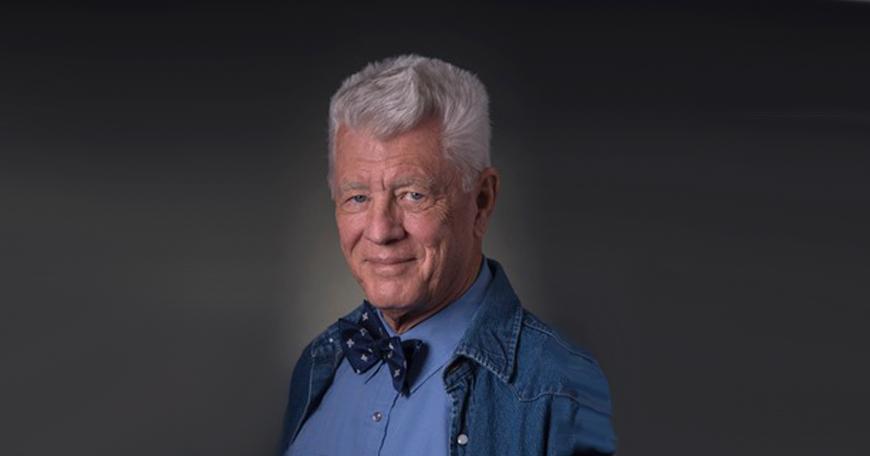Student pre-class preparation enhances in-class time

Overview
Binding credit for student participation to pre-class preparatory work enables class time to be spent in answering informed student questions and participating in in-depth discussions. Ensuring that students are prepared for class maximizes engagement during class time: the session becomes an interactive and dynamic experience where student pedagogical needs and reflections are explored.
Educational Challenge
Professor Richard de Neufville wished to use class time with his students for deeper exploration of the meaning, understanding, and implications of course materials in IDS.333 Risk and Decision Analysis (as well as IDS.330 and IDS.332). However, he recognized that students are typically not sufficiently motivated to do the pre-class work of reading and preparing for class – work that was critical to making meaningful and productive use of class time.
Implementation
Using Canvas, de Neufville was able to easily and efficiently upload and broadcast a collection of videos, documents, and exercises that students would complete before class.
In order to confirm his students had in fact done these pre-class preparations, de Neufville tied their responses to student participation. Although not graded or evaluated, student responses counted as class participation and represented 30% of their course grade. The substantial weight (30%) assigned to pre-class preparations resulted in close to 95% participation.
In addition to reading the materials, watching the videos, or doing the exercises, students were required to complete a Google Form with responses that included reactions, reflections, and questions, due at 8 pm the evening before each class. The Google Form responses were not graded, though students were given credit toward participation based on the percentage of questionnaires they completed on time.
De Neufville used the Google Form to parse the data and comb through these responses, not only to determine whether students were completing the pre-class work, but more importantly to identify patterns and comprehension challenges that he could address in the next class. In addition, he solicited and frequently found valuable student reflections worth ferreting out and sharing with the class. Therefore, not only were the responses a way for de Neufville to ‘take the temperature’ of his class and find out how students were doing with the material, but many questions encouraged students to share insights and perspectives on the material and on his teaching approach. Some of these insights and student perspectives were hidden gems of value to the entire class. This was especially useful in a class like IDS.333 where there isn’t always a right or wrong answer to a question or case study. Instead, there are multiple perspectives, all of which could be valid depending on context, setting, and other variables.
Student Response
Students have been overwhelmingly positive about de Neufville’s method of ‘flipped’ teaching:
“Normal classes teach material, test/apply the material in a group project, and then we forget the material. [In contrast] I'm leaving this class with a changed mindset.”
“The flipped classroom [system] was really good, it saved a lot of time.”
“[I] appreciate the genuine care for students, getting to know our names, and asking about our lives with a Google Form before class even started.”
At the end-of-term, de Neufville surveyed his students. The survey responses were encouraging and indicated that:
The flipped classroom approach worked well overall for many students.
Students felt the flipped approach was better, or at least an interesting approach, compared to a standard lecture.
Compared to a standard lecture, the flipped classroom resulted in more engagement with the teacher.
Future work
In addition to gauging student comprehension of the pre-class preparatory activities, student feedback in the Google Forms also helps de Neufville refine and improve delivery of the course, not only in the current semester, but in future iterations of the material in IDS.333 and his other subjects. de Neufville continues to incrementally improve and refine the videos as well.
Given the student feedback and the way that the flipped approach has allowed de Neufville to increase his teaching effectiveness, he remains committed to ‘flipping’ and to continuously improving how to ‘flip’ so that students come to class ready to engage in meaningful discussions.




